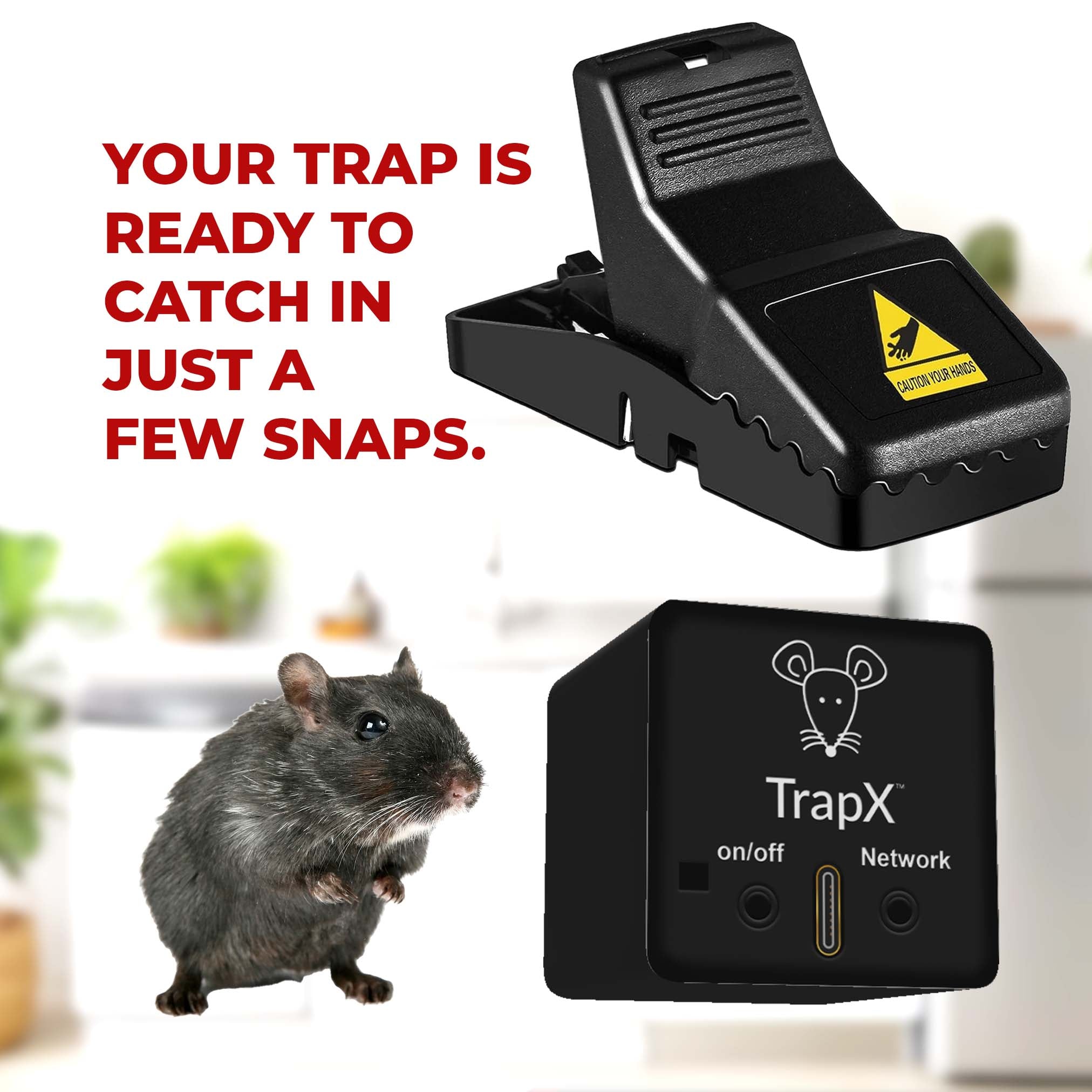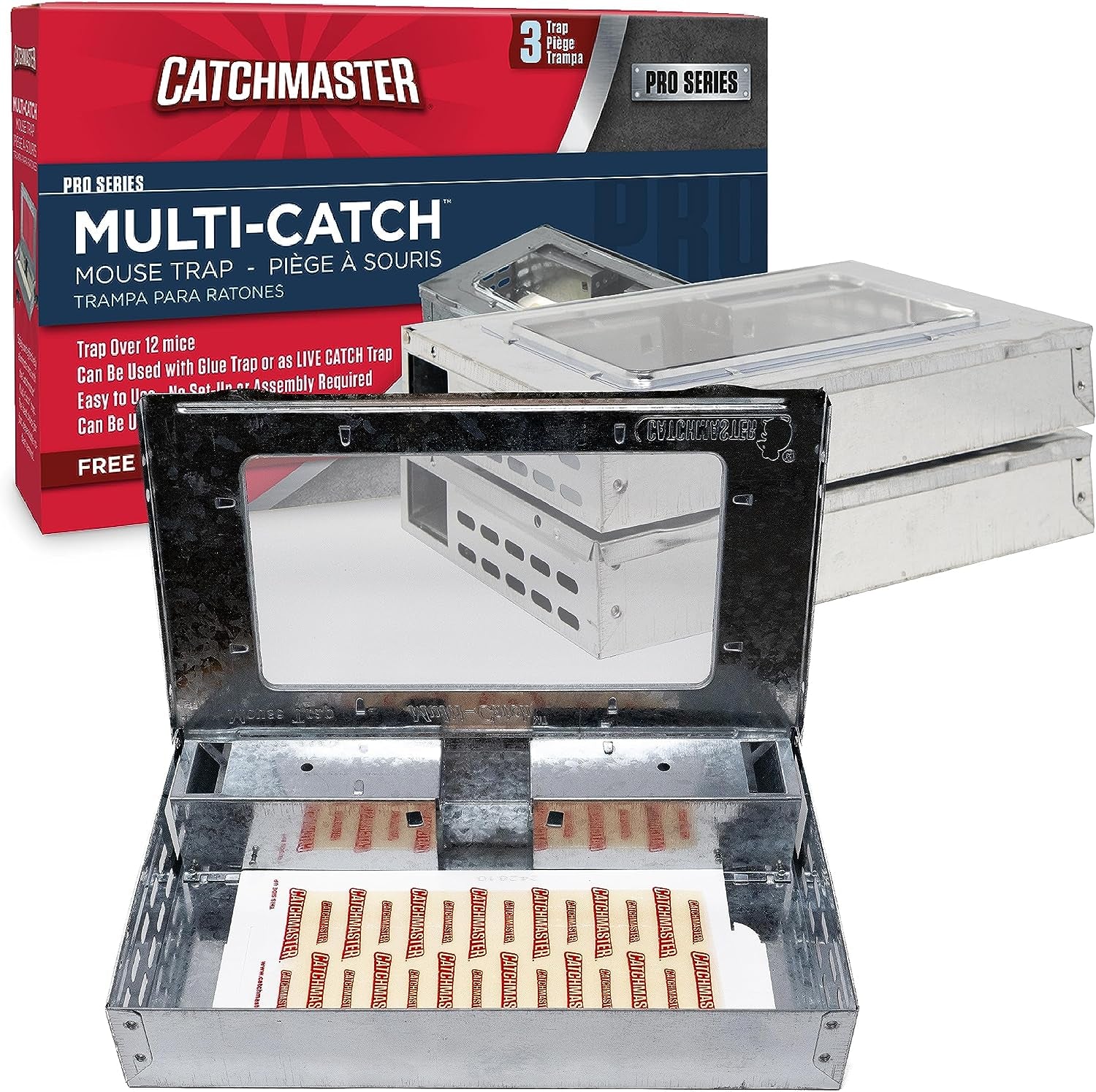What to Do When a Mouse Is Caught in a Trap but Not Dead
Share
Finding a mouse caught in a trap not dead can be a distressing situation for many. Whether you're a homeowner dealing with a rodent problem or someone who simply wants to address the issue humanely, knowing what steps to take is crucial. This article will guide you through handling this delicate situation safely and ethically.

Identifying the Type of Trap
Before proceeding, it's important to identify the type of trap that has been used. There are various kinds of traps, and each requires a different approach when a mouse is caught but not dead.
Snap Traps
If the mouse caught in trap not dead is in a snap trap, it might be injured. These traps are designed to kill the mouse instantly, but sometimes they may not work as intended. Learn more about different snap traps.
Glue Traps
Glue traps, often used for their sticky surface, can leave mice alive but immobilized. It's heartbreaking to see a mouse struggling, so it's imperative to act quickly and humanely. For more information on glue traps, visit rodent control.
Live Traps
Live traps are designed to catch the mouse alive without causing harm. If the mouse is healthy and uninjured, you have a good chance to release it back into the wild. Get tips on using live traps.

Handling the Mouse
If you find a mouse caught in trap not dead, you'll need to decide on the next steps.
Using Protective Gear
The first step is to wear gloves. Mice can carry diseases, and it's important to protect yourself while handling them physically.
Assessing the Mouse's Condition
Examine the mouse to check for any visible injuries. Is it bleeding or does it seem immobile yet alive? This step helps you decide whether to release it or take other actions. For more information, check out this guide on Wikihow.

Humane Euthanasia
In some unfortunate cases, the mouse may be severely injured. Research suggests that humane euthanasia is sometimes the kindest option. This can be done by a professional or using approved methods.
For more information on humane euthanasia methods, you can visit Humane Society.
Releasing the Mouse
Once you're sure the mouse is uninjured, releasing it is a wonderful option.
Choosing a Release Location
Pick a location far from your home to prevent the mouse from returning. Forested areas or fields are ideal.
Releasing the Mouse Safely
Open the trap gently and allow the mouse to exit on its own. Don't forcefully shake the trap, as this can injure the mouse.
Preventing Future Incidents
Finally, taking steps to prevent future rodents is essential. Ensure all possible entry points into your home are sealed.
Using Humane Traps
Consider switching to humane traps for a kinder solution to pest control. Check out our pest control guide for more ideas.
Maintaining Cleanliness
A clean home is less attractive to rodents. Regularly clean areas where food is stored or consumed. For expert tips, visit The Spruce.
Encountering a mouse caught in trap not dead is not easy, but knowing how to handle it can make the process less stressful for you and the mouse. Acting humanely and responsibly is the key to resolving such situations effectively.
As an Amazon Associate, I earn from qualifying purchases.
